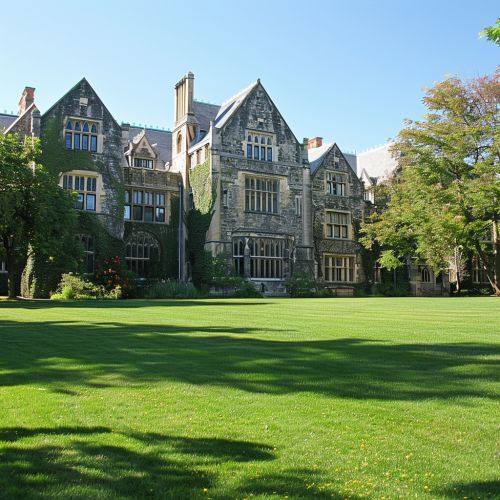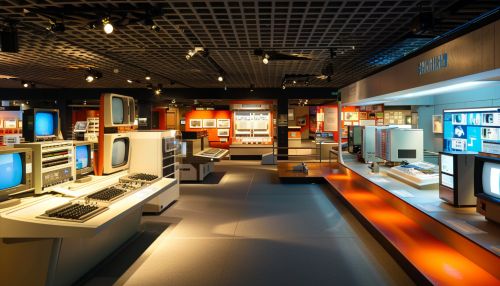Nathaniel Rochester (computer scientist)
Early Life and Education
Nathaniel Rochester was born in 1919 in Richmond, Virginia. He showed an early interest in mathematics and science, which led him to pursue a degree in electrical engineering from the University of Virginia. After completing his bachelor's degree in 1941, he went on to earn a master's degree in mathematics from the same institution in 1943.


Career
Rochester began his career as a mathematician at the National Bureau of Standards in 1943, where he worked on the development of the SEAC computer. In 1948, he joined IBM as a senior engineer, where he played a pivotal role in the development of the IBM 701, the company's first commercially available scientific computer.
In 1956, Rochester led the team that developed the IBM 704, the first mass-produced computer with floating-point arithmetic hardware. This was a significant advancement in the field of computer science, as it allowed for more complex and accurate calculations.
Rochester's most notable contribution to computer science came in the late 1950s when he designed the architecture for the IBM 7030 Stretch, IBM's first transistorized supercomputer. The Stretch was a revolutionary machine that was far ahead of its time, and its design principles influenced many subsequent computer architectures.


In the 1960s, Rochester turned his attention to artificial intelligence and was instrumental in the development of the IBM 7044, one of the first computers designed specifically for AI research. He also played a key role in the creation of the APL programming language, a high-level programming language that was widely used in scientific, engineering, and business applications.
Rochester retired from IBM in 1981 but continued to contribute to the field of computer science as a consultant and lecturer. He passed away in 2001, leaving behind a legacy of innovation and advancement in the field of computer science.
Legacy
Nathaniel Rochester's contributions to computer science have had a profound impact on the field. His work on the IBM 701, 704, and 7030 Stretch laid the groundwork for the development of modern computing. His involvement in the creation of the APL programming language has influenced many subsequent programming languages, including J, K, and Q.
Rochester's work in artificial intelligence has also had a lasting impact. The IBM 7044, which he helped to develop, was one of the first computers designed specifically for AI research, paving the way for future advancements in the field.
In recognition of his contributions, Rochester was posthumously inducted into the Computer History Museum's Hall of Fellows in 2002. His work continues to inspire and influence computer scientists around the world.


